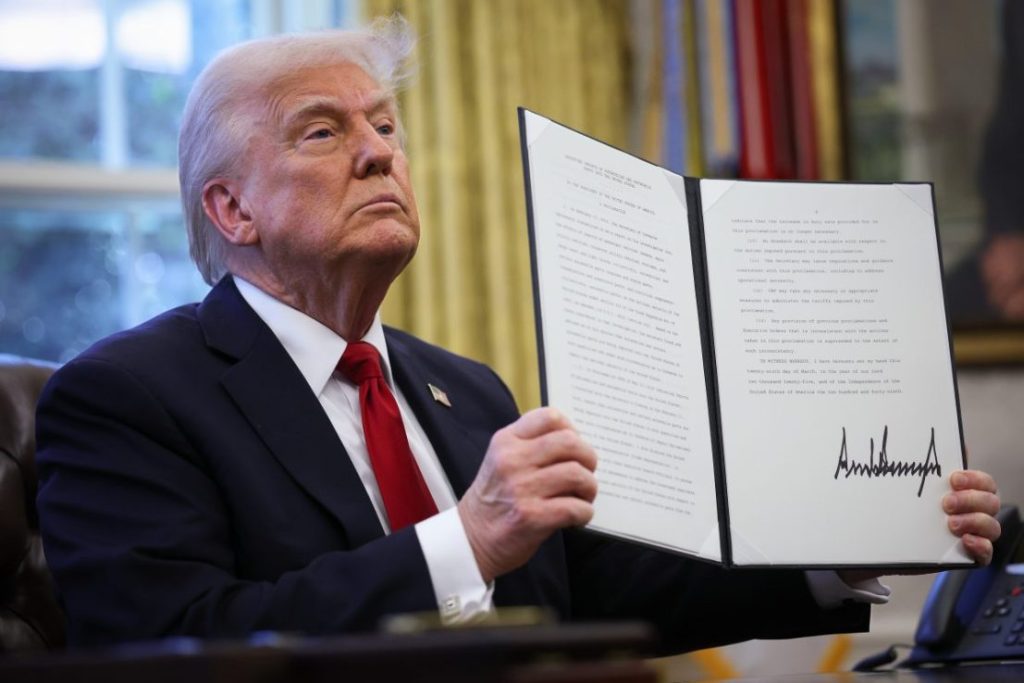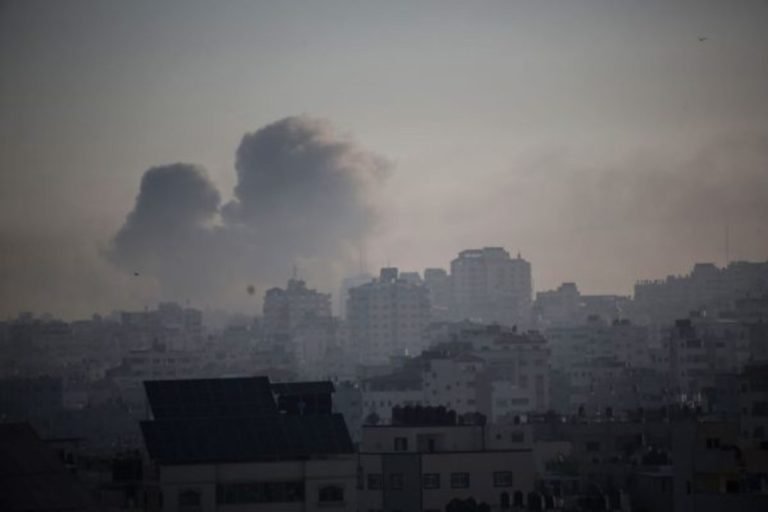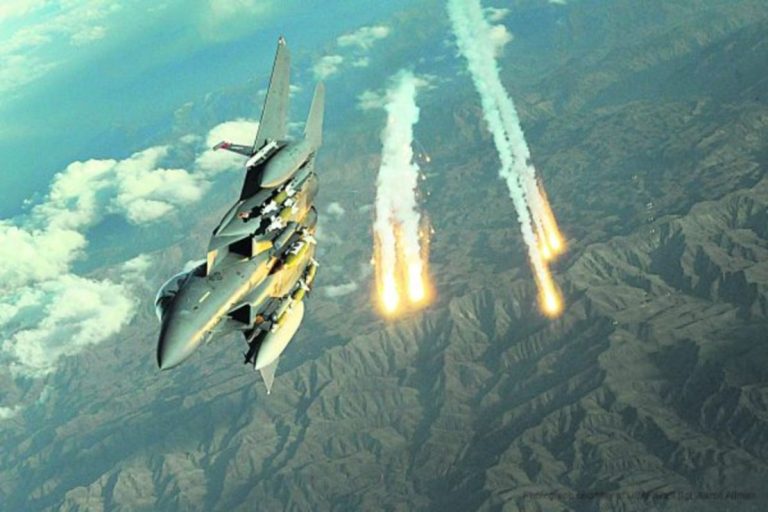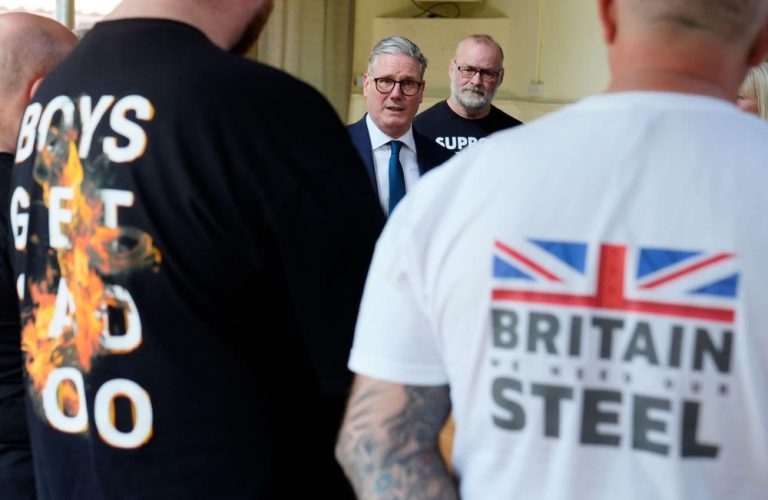
The diplomatic landscape of the Middle East is poised for another pivotal moment as Iran and the United States gear up for a second round of negotiations concerning Tehran’s swiftly advancing nuclear program. These talks, set to occur in the historic city of Rome over the Easter weekend, signal a significant historical development, considering the longstanding animosity between the two nations since the Islamic Revolution of 1979 and the infamous US Embassy hostage crisis.
A Renewed Diplomatic Effort
The dialogue between these geopolitical adversaries is particularly noteworthy given the volatile trajectory of previous US-Iran relations. Back in 2018, the landscape of international diplomacy was radically altered when the US, under President Donald Trump, unilaterally withdrew from the nuclear deal with Iran—an accord that had initially imposed strict limitations on Tehran’s nuclear enrichment in exchange for alleviation from economic sanctions. This withdrawal set off a renewed era of heightened tension characterized by sporadic negotiations interspersed with rhetorical and physical confrontations.
Presently, the stakes in these negotiations could not be higher. The potential for diplomatic progress or regression remains real, with the specter of a military strike by American or Israeli forces on Iran’s nuclear facilities being a tangible threat. At the same time, Iran’s potential pursuit of nuclear weapons remains a critical issue at the negotiation table.
Key Players and Diplomatic Nuances
The talks in Rome bring together pivotal figures in this complex diplomatic dance: US billionaire Steve Witkoff, serving as President Trump’s envoy to the Middle East, and Iranian Foreign Minister Abbas Araghchi. Both figures are vested with the unenviable task of navigating decades of mistrust to forge a path forward towards a peaceful resolution.
Adding to the intricate diplomatic equation is Omani Foreign Minister Badr al-Busaidi, whose experience in mediating between nations in the region positions him as a critical intermediary in this delicate process. His presence signifies continued regional interest in fostering stability and averting military conflict.
Regional Tensions and International Implications
Beyond the bilateral challenges faced by the US and Iran, broader regional tensions cast long shadows over these negotiation efforts. The recent Israel-Hamas war in Gaza and US air strikes targeting Iranian-backed Houthi rebels in Yemen have caused further destabilization in the Middle East. These conflicts underline the broader stakes involved in the nuclear dialogue, as outcomes could further inflame or potentially quell regional discord.
The United States, as articulated by Trump, has communicated its desire for Iran to abstain from developing nuclear weapon capabilities while simultaneously promoting a future where Iran could thrive economically and politically. On the other hand, Iran’s Foreign Ministry, as stated by spokesman Esmail Baghaei, reaffirms its commitment to diplomacy despite the numerous hurdles present on the pathway to a sustainable agreement.
The Road Ahead
The journey toward a diplomatic breakthrough is fraught with complexities, historical grievances, and a myriad of geopolitical undercurrents. Both nations stand to gain significantly from a mutually agreeable resolution, which could serve to de-escalate military tensions and lay the foundation for future cooperation.
As the second round of discussions draws near, the international community watches closely. The potential for stabilizing a historically volatile region through negotiation rather than conflict represents not just a political achievement, but a beacon of hope for diplomacy prevailing over discord.



